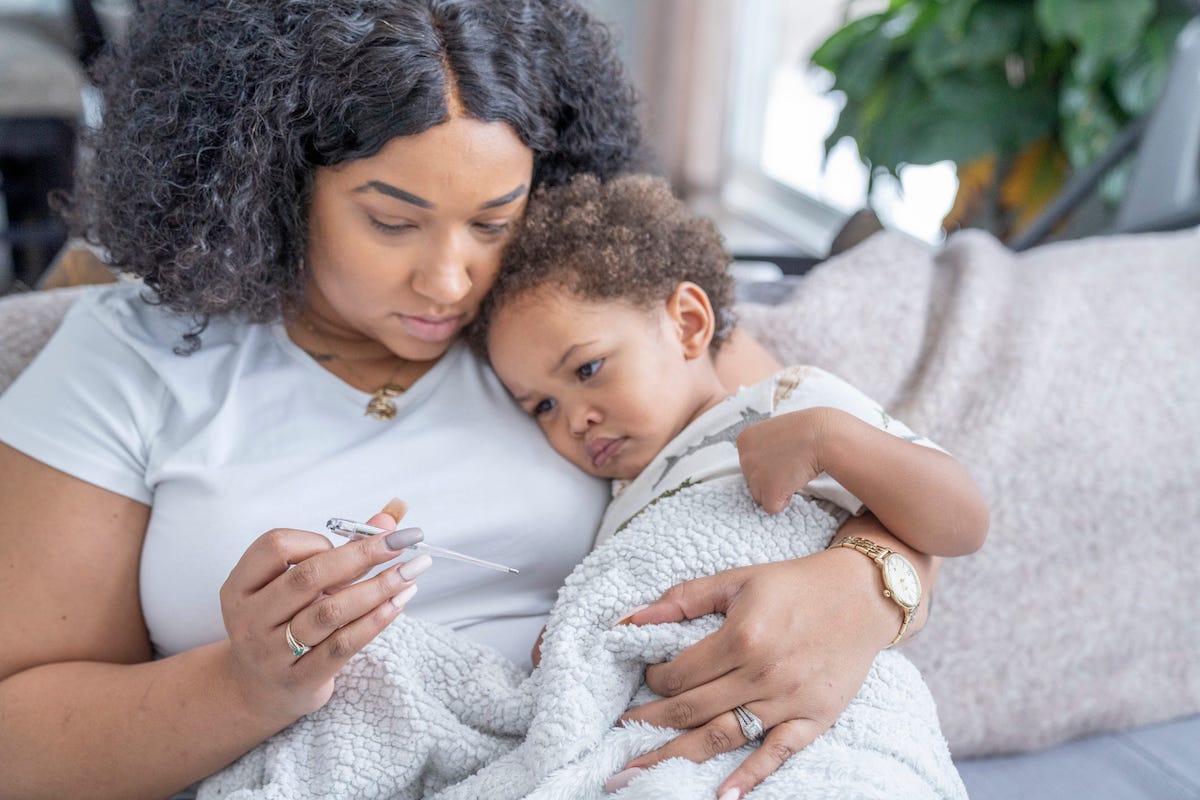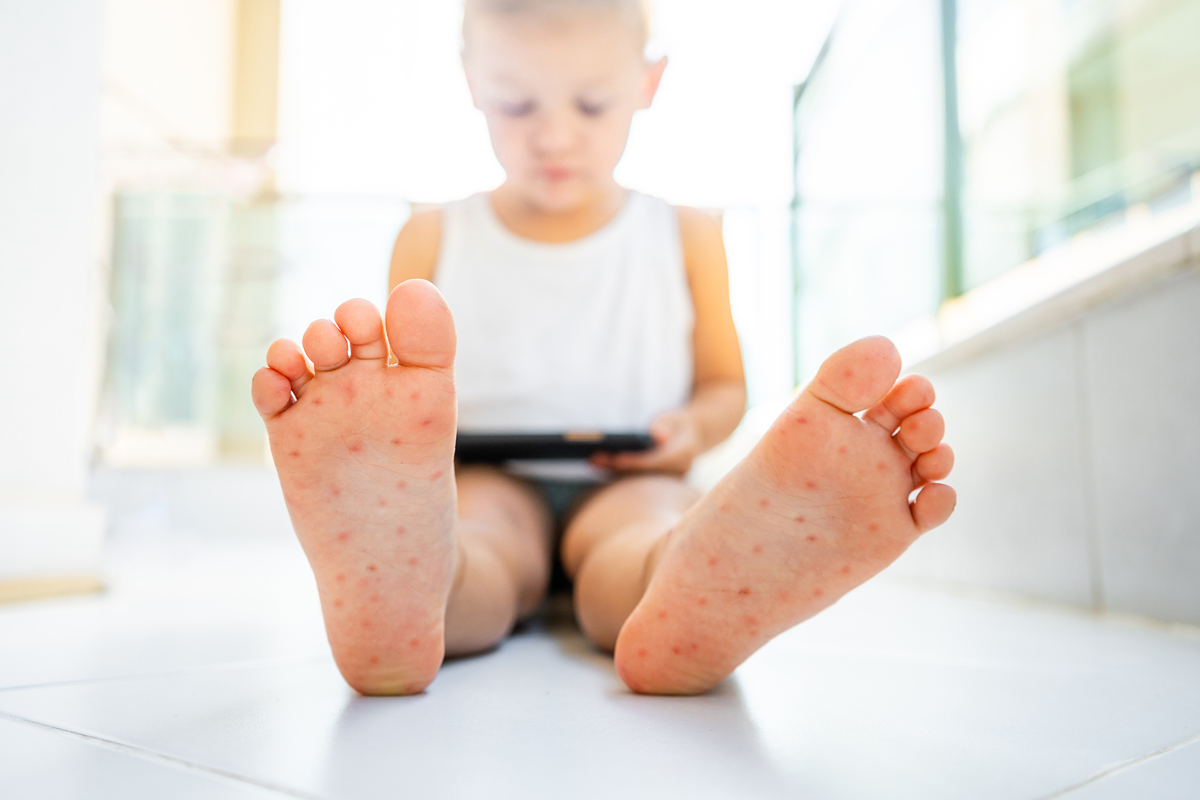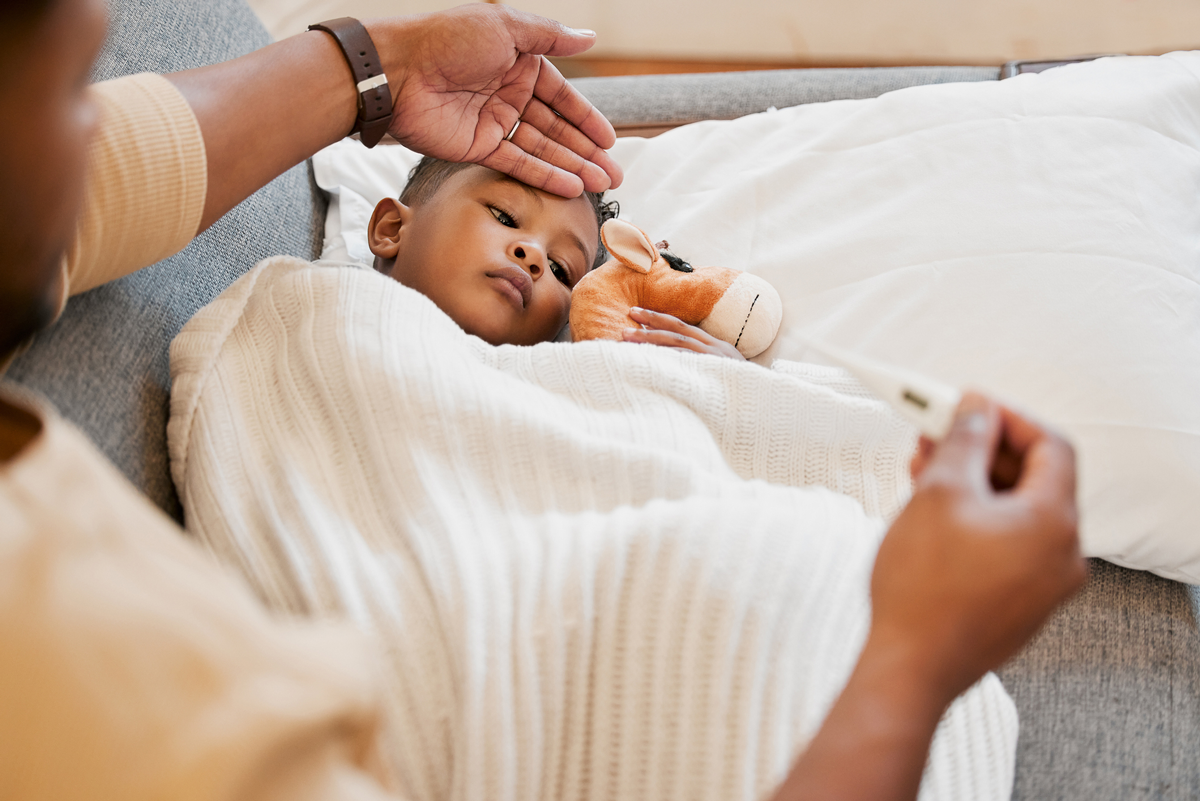I first wrote about COVID Thanksgiving in October of 2020, when I discussed the idea of the “Safety Turducken”: basically, how to put layers of protection in if you were going to see your family. I wrote about it again in October of 2021, when things were better but still complicated.
In this moment, I am still getting a lot of questions about illness and seeing family. I will note, however, they are mostly not about COVID. People — especially those with young kids — are more worried about flu and RSV. These concerns are going to be evergreen. The pandemic isn’t over, but it’s reached a place for most people where COVID is part of a broader landscape of illness. The turducken we build this year for Thanksgiving is going to be one we consider keeping indefinitely; it’s one we could have had in earlier, pre-COVID years, except we were not thinking about it.
The pitch here is: You’re going to see your extended family, or friends, for Thanksgiving, and get-togethers like this are always a risk for illness. How can you lower these risks, both for your individual family, for the extended group, and for broader society?
I’m going to divide this into two sets of actions. The first are ones you can take as an individual family unit, without anyone else participating. The second are ones your broader group could consider taking. Finally, I’ll talk about how to make a plan (hint: be the first to read this so you can propose the plan!).
Individual family precautions
There are some actions your family can take to protect yourselves against illness (in general and in these gatherings). By “individual family,” I’m thinking of people whose actions you influence or control. That could be broader than people who live in your house! But I want to draw a distinction between actions or choices you can definitely make and those that require other people to comply.
Actions for everyone
Flu shots. Flu shots are a good idea for everyone, including kids, adults, older adults, all the people. It was a bad flu season in the other hemisphere, which portends a bad one for us. Flu vaccines are not perfectly protective, but they lower the risk of infection and tend to make it milder when people are infected. Flu poses a particular risk to children, so they should be included in vaccines.
General hygiene: hand washing, etc. COVID is airborne, making hand washing less effective. But many illnesses — hand, foot, and mouth; norovirus; flu; RSV — really benefit from hand washing. This isn’t so much about Thanksgiving, but it’s a good time to reinforce for kids that hands should be washed fairly well. Like, with soap.
Special considerations: older adults or immunocompromised individuals
COVID boosters. The bivalent boosters seem to be performing similarly to existing boosters; they’re especially effective at lowering the risk of serious illness. This serious illness is a significant risk in older people, especially those over 65. If you have an older adult in your family, they should get the bivalent booster to protect themselves. For younger people without immunocompromise, a result of the booster is likely to be some short-term reduction in the risk of getting COVID. This group should consider it, but the most important vaccination group is the older one.
Special considerations: newborns
If you have an infant under six months, and especially one under three months, illness is often worse. RSV is dangerous for this age group, and, for infants under two months, any fever is likely to necessitate a hospital visit. There is more imperative to keep them healthy. A 3-year-old who picks up a runny nose is annoying, but a one-month-old who does is scary. What can you do?
Limit Contact, no face kissing. The simplest way to protect your infant is to limit their physical exposure to others. Keep them somewhat distant from their toddler cousins. Do not let the toddlers get right in their faces. Ensure that any adults who hold them have washed their hands first.
Not Go. Not going to a holiday has serious downsides, but it is also the clearest way to avoid exposure. A hard question is how to weigh these two sides of the coin. One line you might consider is the two month mark, when the interventions for a slightly sick baby start to get less stringent. Four month old illness is different from one month old illness, both in terms of risks and in terms of how the medical system would react.
In order to implement either of these, you are going to need to set some boundaries, which may be uncomfortable. Boundaries are always uncomfortable, and probably some people will be mad. That’s okay. Think about your boundaries: What are you comfortable with? Then share those boundaries up front. And when people push back in the moment, remember why you set them. To protect your baby.
Special considerations: pregnancy
Being sick during pregnancy is unpleasant, but most illnesses (including RSV) are not more dangerous during pregnancy. The most significant disease risk for pregnant women is likely CMV, which is unfortunately difficult to avoid since it’s often asymptomatic. However: good hand hygiene can go a long way.
Group precautions
Let’s turn to the harder part: What might we consider as a group to lower the risk of the gathering?
I want to start with something that I do not think is necessary, which is limiting the gathering to vaccinated people. The data we currently have suggests that vaccination remains excellent at protecting against serious illness but provides only transitory and partial protection against any infection. Although unvaccinated family members may, themselves, continue to have a higher risk of serious illness, they do not pose a significant additional risk to others.
In earlier writing on this, I also focused on quarantine. At this point, quarantine prior to a gathering is infeasible for most people. It could be effective, but it’s unlikely to be possible.
There are other precautions that we thought about in 2020 — eating outside, masking all the time — that aren’t long-term feasible and for most families are off the table at this point. The goal now is to think about precautions that will work forever.
Focusing on the possible, here are two key approaches:
Do not come if you are sick.
An initial line of defense against disease spread is to avoid the gathering if you are sick. This seems easy, but the challenge in negotiating with family is the question of “What is sick?” Up front, you need to decide what that means. Especially for a gathering that contains toddlers, who have a runny nose 98% of the time.
For a family setup with healthy adults and children who are not small babies, one option (which is what we use) is school/day-care rules: no fever or vomiting within 24 hours. This works for us because it’s easy to state and it’s got some outside validation to it.
If you have more-vulnerable individuals (older people, newborns), you might want to extend that period or set more stringent limits.
COVID testing.
The reality is that most people are not going to test for COVID prior to getting together this year. However, especially for gatherings with older individuals, it may still be a valuable line of defense. Some asymptomatic cases would be caught by this routine testing and avoid spreading.
An intermediate approach to “everyone tests” is “test if you’re at all sick, or have been within the past week.”
Make a plan
The situation is a lot simpler than last year, or the year before. There are really only two moving pieces.
First, the boundaries you want to set if you have a small baby. This plan only requires you, and your ability to hold the line. Discuss this, perhaps with your partner, make a decision, and then let people know your plans. These could include not going, or going for less time, or limiting contact in other ways. My suggestion is you tell people the boundaries in advance, but only a day or two, so there is less time for them to argue. Hold the line. It’s your decision.
Second, what guidance you want to have about not coming when sick and about COVID testing (and possibly any other restrictions that you’re considering that I do not have here). You can’t make these decisions unilaterally, but when coordinating with family, I find the first-mover advantage is extremely powerful. If you are the first one to broach a topic, you’re more likely to get your way. Hopefully, the rest of your family doesn’t read this newsletter, or they read it later in the morning and you can get your plan out to them first!
Craft an email with your specific thoughts. Hopefully, they’ll agree. To get you started, here’s mine (I like a good bullet-point list in my family emails).
Hey everyone:
Looking forward to seeing you all. Dad: Are you on top of the pies, or do you want me to contribute there too? I am ready with the cranberry sauce. In terms of illness precautions this year:
- Can we say the usual “day-care/school” rules for illness (don’t come with a fever or vomiting within 24 hours)?
- COVID test if you’re at all sick? We are happy to just test regardless if that makes people more comfortable.
Love,
Emily
Have a great, safe and (hopefully) healthy holiday!
Community Guidelines















